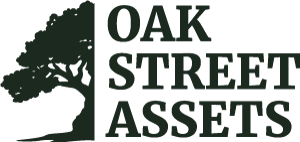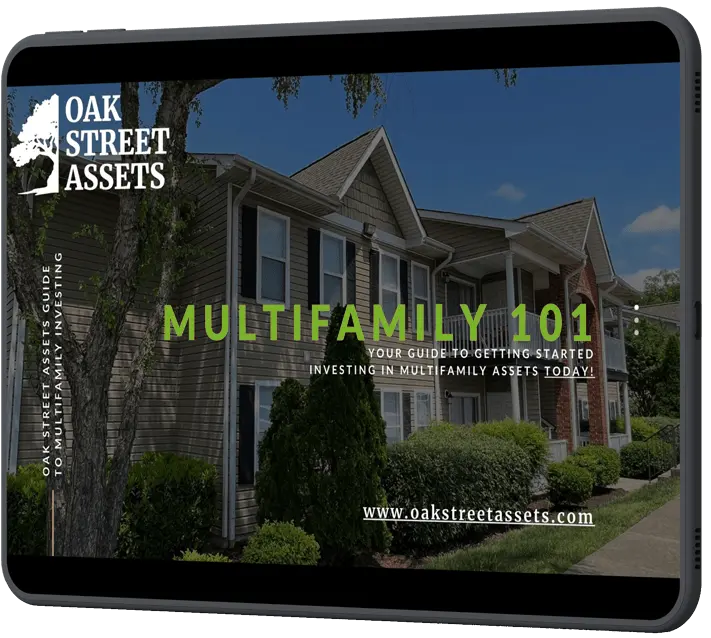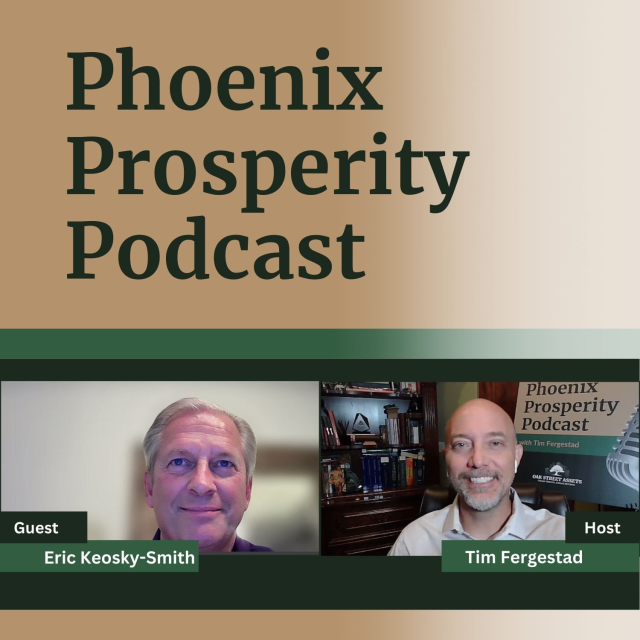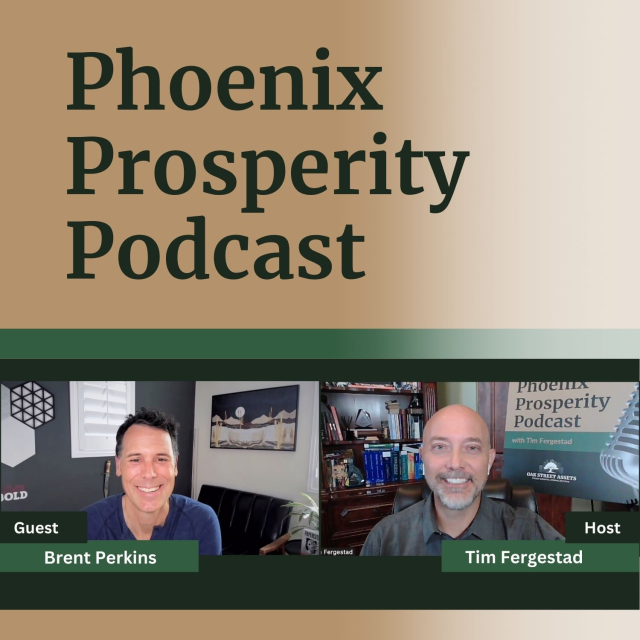In 1978, a simple tax code provision called Section 401(k) quietly entered U.S. law. It wasn’t designed to revolutionize retirement, it was meant to help highly-paid executives defer taxes on bonuses. Yet today, over 60 million Americans depend on 401(k) plans as their primary retirement vehicle.
Even Ted Benna, known as the “father of the 401(k),” has expressed regret about his creation. In an interview with The Wall Street Journal, Benna admitted: “I helped open the door for Wall Street to make even more money than they were already making. That is one thing I do regret.”
Why Corporate America Abandoned Pensions for 401(k)s

The shift from traditional pensions to 401(k)s represents one of the largest transfers of financial risk in American history. Here’s what changed:
Traditional Pensions (Pre-1980s)
- Employers guaranteed lifetime income
- Companies managed investment risk
- Workers received predictable monthly payments
401(k) Plans (1980s-Present)
- Employees bear all investment risk
- No guaranteed income in retirement
- Workers must become their own investment managers
This transition saved corporations billions while exposing workers to market volatility, fee erosion, and the possibility of outliving their savings.
The True Cost of Your 401(k): Understanding Hidden Fees
According to retirement expert Edward Siedle, “The fees are too high, the results are too poor, and the risks have been shifted entirely to workers.”
Breaking Down the $75 Billion Fee Machine
Americans collectively pay an estimated $75 billion annually in 401(k)-related fees. These costs include:
- Expense Ratios (0.5% – 2.0% annually)
- Mutual fund management fees
- Administrative costs buried in fund expenses
- Plan Administration Fees (0.25% – 1.0% annually)
- Record-keeping charges
- Compliance and legal fees
- Investment Advisory Fees (0.5% – 1.5% annually)
- Managed account services
- Target-date fund premiums
- Transaction Costs (Variable)
- Trading fees within funds
- Revenue sharing arrangements
Impact Example: A 1% annual fee difference can reduce your retirement account balance by 25% over 30 years.
Why Wall Street Profits Whether You Win or Lose
401(k) plans create what investment professionals call “sticky money”, capital that flows predictably and stays invested regardless of performance. This benefits financial institutions through:
- Guaranteed Revenue Stream: Automatic payroll deductions ensure consistent cash flow
- Captive Audience: Limited investment options within plans
- Fee Opacity: Complex fee structures that participants rarely understand
- Minimal Accountability: No performance guarantees or fiduciary standards for many providers
The Advantages of 401(k) Plans: A Balanced Perspective
Despite their limitations, 401(k) plans do offer several benefits:
1. Tax-Deferred Growth
- Reduce current taxable income
- Compound returns without annual tax drag
- 2025 contribution limit: $23,000 ($30,500 if 50+)
2. Employer Matching
- Typical match: 50% of first 6% contributed
- Represents immediate 50% return on investment
- Always contribute enough to capture full match
3. Automatic Wealth Building
- Behavioral advantage of “set and forget” saving
- Dollar-cost averaging through market cycles
- Builds discipline through payroll deduction
4. Asset Protection
- ERISA protections from creditors and lawsuits
- Bankruptcy protection under federal law
- Stronger safeguards than regular investment accounts
5. Loan and Hardship Options
- Borrow up to 50% of vested balance (max $50,000)
- Hardship withdrawals for qualified emergencies
- Flexibility not available in traditional pensions
The Future of 401(k)s: Tax Law Changes on the Horizon
With national debt exceeding $34 trillion, retirement accounts increasingly appear on legislators’ radar as potential revenue sources. Proposed changes include:
- Eliminating tax deductions for high earners
- Capping lifetime tax-deferred accumulations
- Mandatory Roth conversions at certain thresholds
- Reduced contribution limits
These potential changes make diversification beyond traditional 401(k)s increasingly important.
Alternative Retirement Strategies: Taking Control of Your Future
Self-Directed IRAs: Beyond Stocks and Bonds
Self-directed IRAs offer investment flexibility that traditional providers like Fidelity or Schwab don’t allow:
Permitted Investments:
- Real estate (rental properties, REITs, raw land)
- Private business equity
- Precious metals
- Cryptocurrency
- Private loans and notes
- Commodities
Key Benefits:
- Direct control over investments
- Diversification beyond public markets
- Potential for higher returns
- Hedge against stock market volatility
Other Retirement Diversification Strategies
Action Steps: Optimizing Your Retirement Strategy
Immediate Actions (This Week)
- Request fee disclosure from your 401(k) provider
- Calculate your all-in annual fees
- Review investment options and expense ratios
- Ensure you’re capturing full employer match
Short-Term Planning (Next 3 Months)
- Evaluate self-directed IRA options
- Consider Roth conversion opportunities
- Diversify beyond employer plans
- Consult with fee-only financial advisor
Long-Term Strategy (This Year)
- Create written retirement income plan
- Build multiple income streams
- Reduce dependency on single retirement vehicle
- Monitor legislative changes affecting retirement accounts
Investing with Retirement Funds
We’ve personally done a lot of alternative investing with our retirement accounts. Over the years we have saved up funds in 401k accounts that we rolled into IRA accounts after leaving positions at different employers.
We further rolled those funds over into self-directed IRA accounts with different custodians allowing us to invest in alternative assets that the big traditional plan providers and administrators do not allow. Fidelity and Schwab control your money, want you to invest in their products, and want to keep it that way.
Our preferred IRA custodian is Advanta IRA and we recently shared an interview with them discussing the most common uses and questions that people have. Click on the graphic below to watch the video and learn more.
Frequently Asked Questions
Q: Should I stop contributing to my 401(k)?
A: Not necessarily. Always contribute enough to capture your full employer match, it’s free money. Beyond that, evaluate whether additional contributions align with your overall retirement strategy.
Q: How do I rollover my old 401(k) to a self-directed IRA?
A: Contact a self-directed IRA custodian, complete their application, then initiate a direct rollover from your former employer’s plan. The process typically takes 2-4 weeks.
Q: What are the risks of self-directed investing?
A: Self-directed investing requires more knowledge and due diligence. Risks include prohibited transactions, investment fraud, and lack of diversification. Education and professional guidance are essential.
Q: Can I have both a 401(k) and a self-directed IRA?
A: Yes. Many investors maintain their current employer’s 401(k) while rolling previous employers’ plans into self-directed IRAs for greater investment flexibility.
Disclaimer: This article provides educational information about retirement planning options. It should not be considered personalized financial advice. Consult with qualified financial and tax professionals before making retirement planning decisions.








